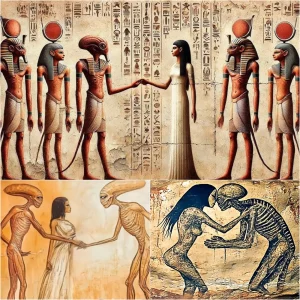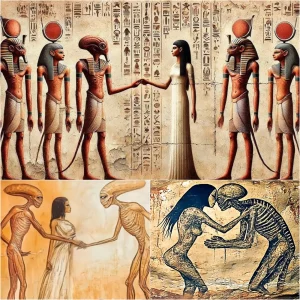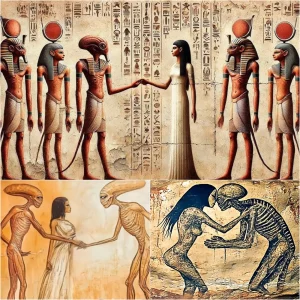A team of underwater archaeologists from the European Institute for Underwater Archaeology (IEASM) has recently made significant discoveries at the sunken temple in the ancient port city of Thonis-Heracleion, located off the coast of Egypt. This city, once Egypt’s largest port on the Mediterranean Sea, was initially discovered underwater by IEASM in 2000. It thrived for centuries before Alexandria was founded in 331 BCE and now lies approximately 4.3 miles from the modern coastline.
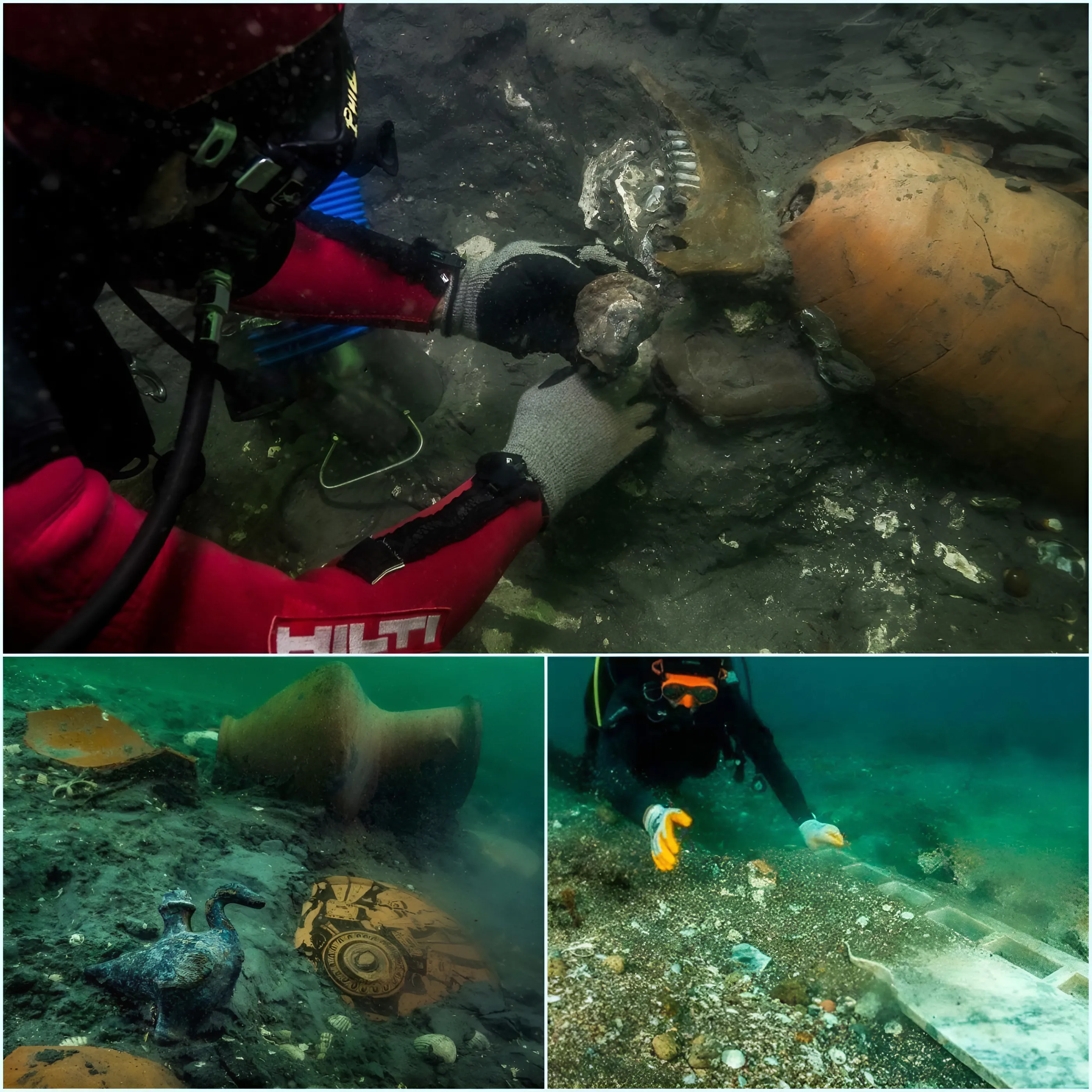
Led by French marine archaeologist Franck Goddio, the team uncovered large stone blocks from a collapsed ancient temple dedicated to the god Amun. This temple was where pharaohs sought divine blessing and power during their reigns. Alongside these architectural remnants, the team found a trove of precious artifacts, including silver ritual instruments, gold jewelry, and alabaster containers likely used for perfumes and ointments, which are believed to have been part of the temple’s treasury.
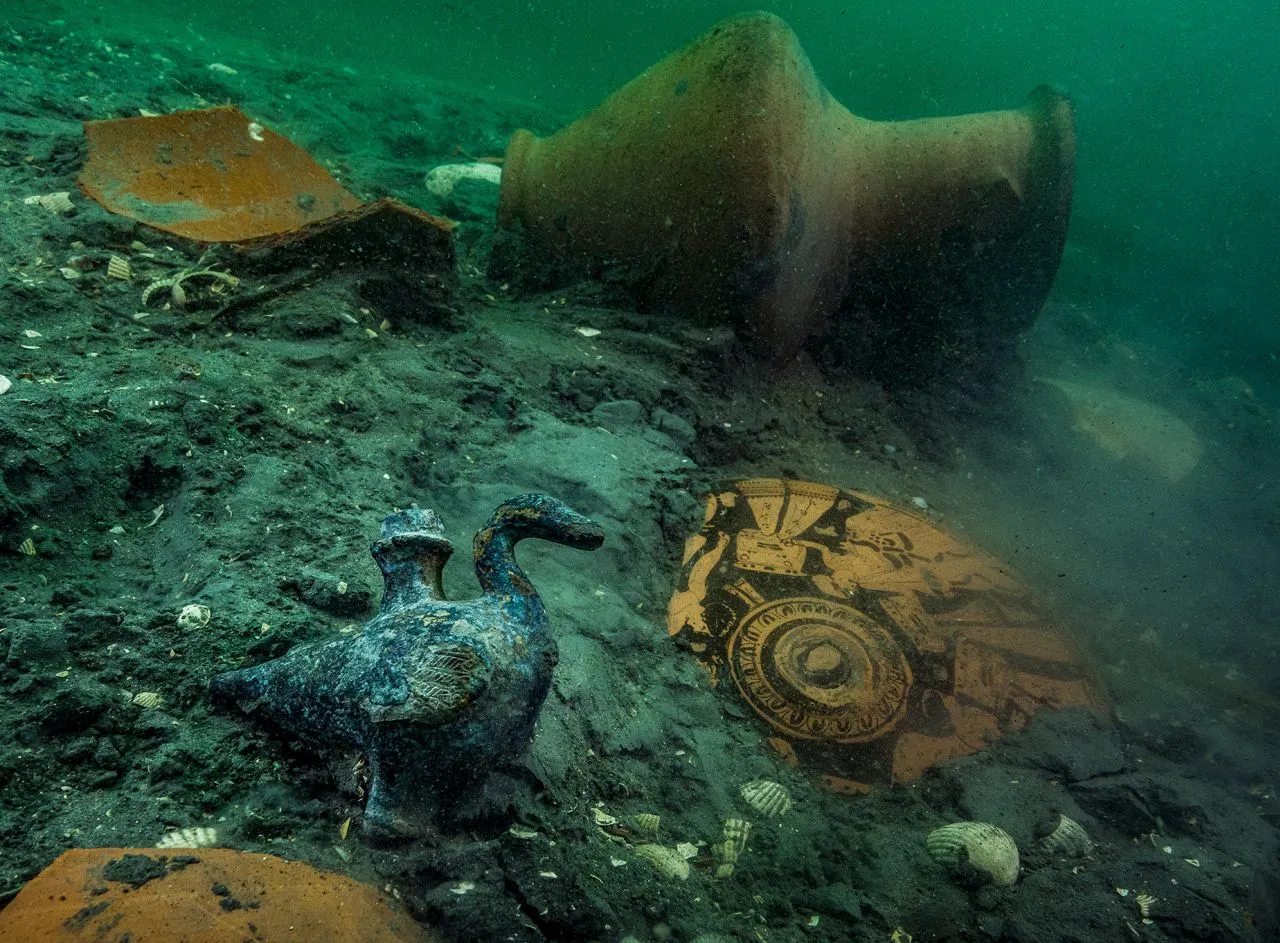
The excavations, conducted jointly with Egypt’s Ministry of Tourism and Antiquities’ underwater archaeology department, revealed substructures dating back to the 5th century BCE. These structures were originally supported by wooden posts and beams before sinking underwater. The discovery was facilitated by advanced geophysical prospecting technologies, which aided in detecting buried chambers and artifacts.
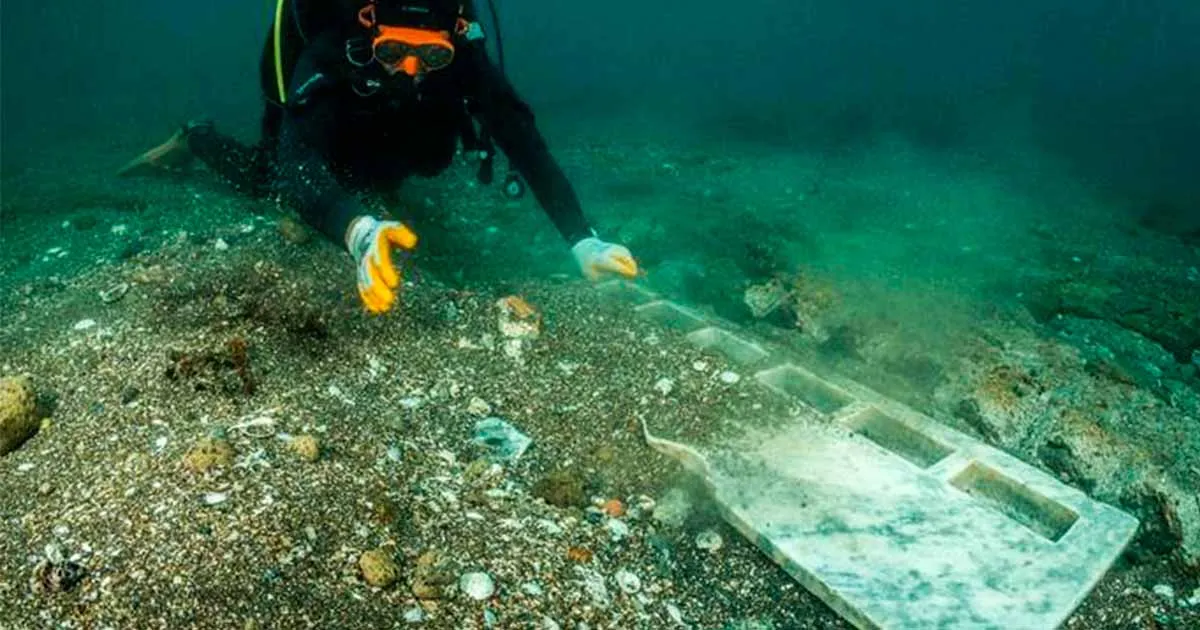
Furthermore, east of the Amun temple, archaeologists unearthed a Greek sanctuary dedicated to Aphrodite. This area yielded bronze and ceramic objects, indicating Greek presence and activity in the city during the Saïte dynasty (664–525 BCE). The discovery of Greek weapons suggests the involvement of mercenaries who likely defended the city and facilitated trade, underscoring the multicultural and strategic importance of Thonis-Heracleion during ancient times.


